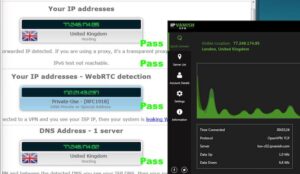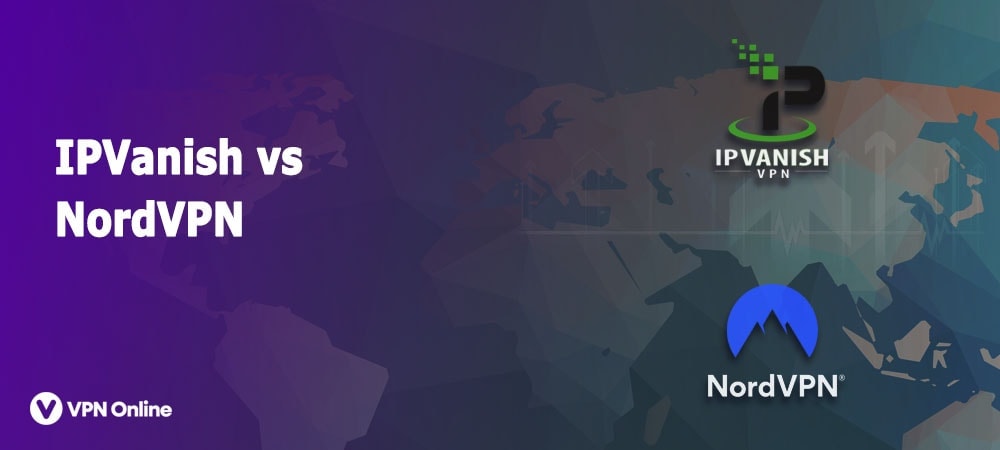
Kill Switch disables your internet connection if the VPN connection drops without any notice.

It helps separate activities that need a VPN from those that don’t. Split tunnelingĪlso known as Bypasser at Surfshark, split tunneling means that only a part of your information (of your choosing, of course) goes through a VPN. GPS spoofingĪlso known as fake GPS or GPS override, GPS spoofing makes it so that you appear to be in a different place. Here’s a quick overview of the features that they offer.Īlso known as the Camouflage mode at Surfshark, obfuscation masks the fact that you’re using a VPN. Īlthough both VPNs provide data encryption, only one has more features than the other. We utilize this ton of servers in one of our features called Surfshark Nexus. Also, with Surfshark, more servers equal more security. Surfshark has more servers in different places, meaning more access to geo-restricted websites. Despite that, Surfshark still takes the cake thanks to its larger server pool.Īnd, while on the topic of servers, Surfshark, unlike IPVanish, offers static IP servers. They have over 1,300+ servers, while Surfshark has over 600+. Now, I have to be honest with you – IPVanish touts more servers in the US. The Middle East and Africa – Algeria, Egypt, Marocco, Nigeria.Asia – Azerbaijan, Bangladesh, Bhutan, Brunei, Cambodia, Hong Kong, Indonesia, Kazakhstan, Laos, Macau, Mongolia, Myanmar, Nepal, Philippines, Sri Lanka, Thailand, Uzbekistan, Vietnam.Americas – Bahamas, Belize, Bolivia, Ecuador, Panama, Paraguay, Uruguay, Venezuela.Europe – Andorra, Armenia, Bosnia and Herzegovina, Cyprus, Georgia, Greenland, Isle of Man, Liechtenstein, Lithuania, Malta, Monaco, Montenegro, North Macedonia, Ukraine.The following countries are home to Surfshark servers but don’t host a single IPVanish server: Want a more specific list? We’ve got you. The table below shows the server locations and server count per platform. However, Surfshark stands out with its servers in almost every region of the world. Server count & locationsīoth VPNs cover the globe and overlap in general locations like North and South Americas, Europe, Asia, and Oceania.

So, now that we’ve established that quantity IS quality here, let’s check the server count and locations. More servers – more markets – fewer expenses. With a larger pool of servers in different countries, you have access to markets with lower prices. Īlso, the location of a server influences another important thing – geolocation and geo-restriction. A shorter journey for the data means faster browsing for you. How does server location influence your internet speed? Let’s say you are visiting a website – the closer you are to the web server, the fewer networks the data passes through. More servers for people to join means less populated servers – faster browsing for you. The more users, the less bandwidth for an individual user – meaning slower internet speeds for you. That bandwidth is split among all of its users. The thing is, one server has only one pipe of limited bandwidth.

But, in reality, these numbers don’t matter quite as much. Server bandwidth (Gbps/Mbps) is the diameter of the internet ‘’pipe’’ – the bigger the diameter, the more of the internet ‘’water’’ (data) can flow through.

These numbers mean the bandwidth that they offer. On paper, Surfshark uses 10Gbps servers, while IPVanish boasts 25Gbps servers. However, location is one of the biggest factors in determining speed, so be wary of where you do the speed test from.Īlso, it’s important to note that internet speed has several bottlenecks, two of which are the quantity and location of the servers. Surfshark takes the cake, despite IPVanish having bigger bandwidth servers. Though keep in mind that results differ depending on the location they’re performed at. It’s hard to be impartial when writing about your own product, but it looks like Surfshark beats IPVanish in this category.


 0 kommentar(er)
0 kommentar(er)
